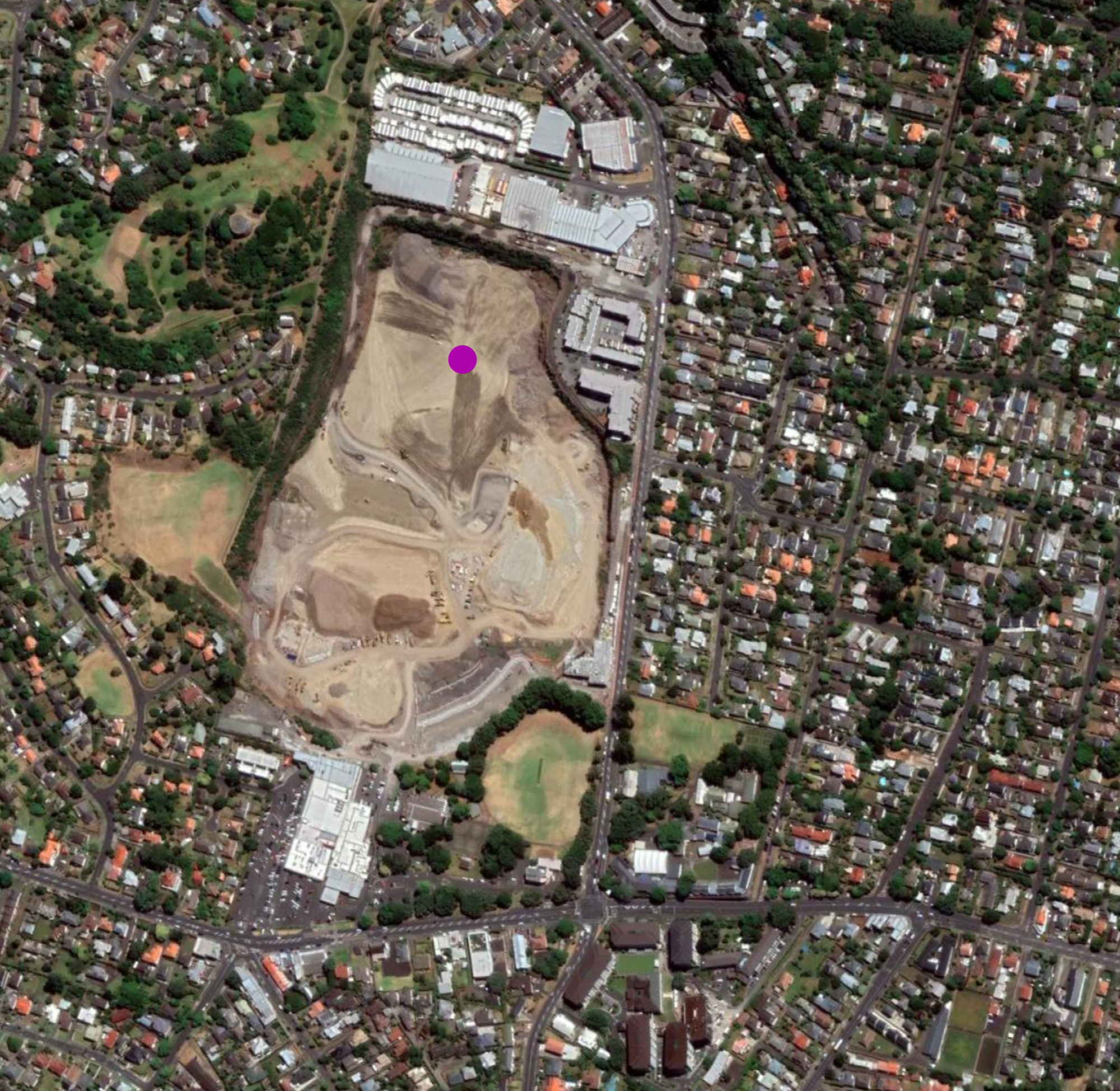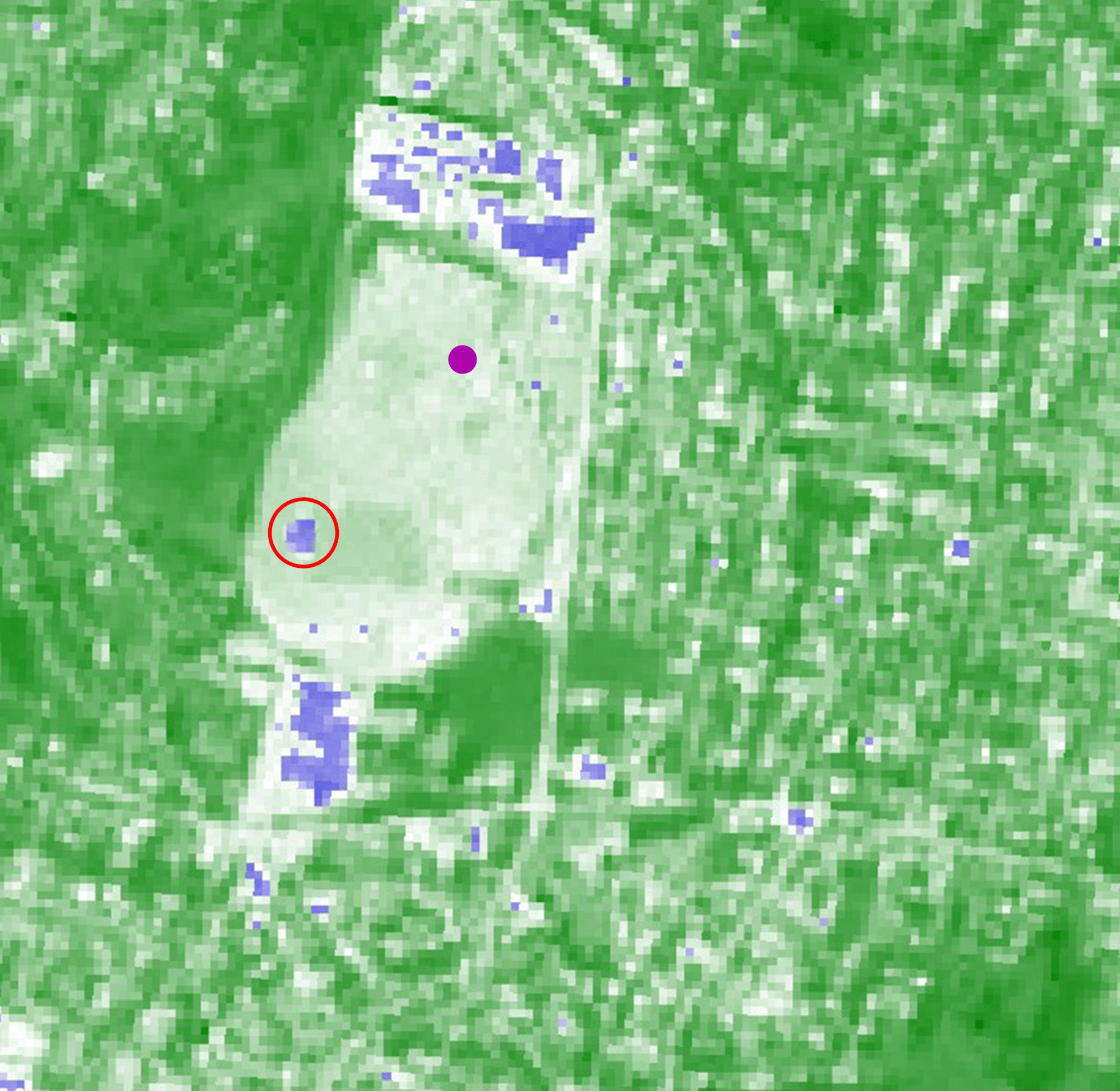You’re out of free articles for this month
“I believe we’ll all be surprised by how quickly space tech will become central to business operations, beyond the already critical role GPS plays in our financial system,” said Mr Jones.
“The breadth of ESG requirements mean companies need to better understand everything from emissions to biodiversity, from water use to health and safety - and a whole lot more.”
“I know how powerful EO (earth observation) data is going to be in helping our clients achieve their ESG goals because we’re already using it.”
Mr Jones said that earth observation data had enabled one client to discover water leaks without a manual inspection and in another instance monitored vegetation growth at remote infrastructure points to help improve fire management.
“Space tech has made operations for both companies exponentially more efficient and of course improved environmental outcomes,” he said.
Earth observation could also be game-changing on the social part of ESG, according to EY Data Science lead Dr Jack White.
“Our team has been working closely with clients on the inherent societal impact of natural disasters,” said Dr White.
“If you think about how multilayered and long the damage from wildfires lasts, there have been human deaths, housing, wildlife and vegetation destruction, and the economic impact lasts years to the agriculture supply chains and the power and utilities networks.”
“Our wildfire detection data product uses earth observation technologies to better understand bushfire conditions, improve future detection, and enable better risk mitigation planning to minimise impacts.”
Dr White said that using satellite images could provide accurate outcomes without a firm having to visit each site.
“For instance, we can take regular satellite images and provide assessments on moisture content and see if there is high growth and low moisture in vegetation surrounding your infrastructure - and subsequently advise on appropriate maintenance requirements,” he said.
“Those efforts are often done manually involving time intensive site visits to assess maintenance requirements, but these are shifting to become a virtual exercise, which improves safety outcomes for crews that face harsh and dangerous conditions.”


ESG reports restricted to traditional methods and manually inputting data into spreadsheets could be developed using space technology to bring a firm up to the required standard, said Dr White.
“We are working with satellite providers who have a competitive interest in adding hyper spectral imagery capabilities to allow clients to see greenhouse gas molecules, such as CO2 and methane, and estimate their volume,” he said.
“Technology like this is another data layer providing accuracy for clients responding to ESG legislations globally. These tools are quickly becoming intertwined with ESG reporting to ensure there is audited accuracy as mandated by global requirements to report your carbon footprint.”
“It is a literal and visual interpretation of the GHG (greenhouse gas emissions) being produced by your organisation, so the ESG agenda is becoming so innately tied to what space tech has to offer.”

 Login
Login









